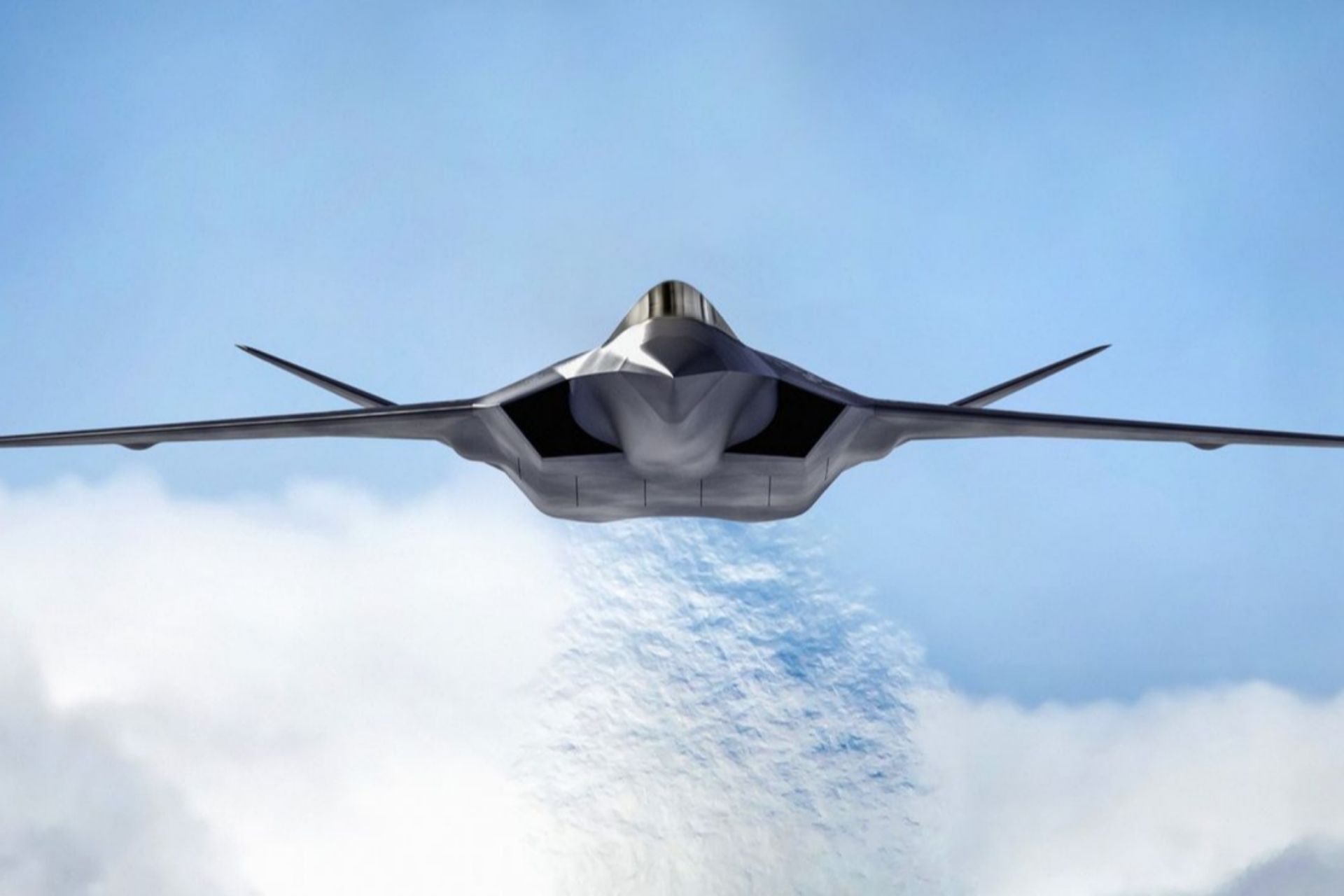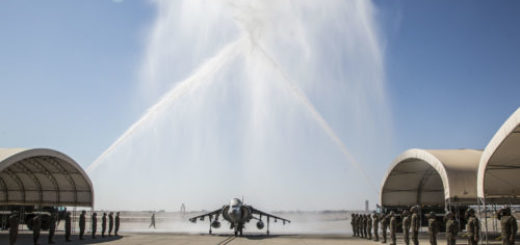Belgium Seeks Its Place in Europe’s Aerospace Landscape by Joining FCAS While Maintaining Atlantic Ties

{loadposition bannertop}
{loadposition sidebarpub}
On July 21, Belgium’s national day, Brussels sent a clear political signal to its European partners by announcing its decision to join the Future Combat Air System (FCAS), known in French as Système de Combat Aérien du Futur (SCAF). This decision, long delayed due to governmental hesitation and public criticism of Europe’s industrial fragmentation, is now formalized in Belgium’s 2025 Strategic Defense Vision. Through this commitment, Belgium expresses its intention to become a “full partner” in a program so far led by France, Germany, and Spain. Follow Army Recognition on Google News at this link
The FCAS is a multinational defense initiative launched in 2017, bringing together several European countries, France, Germany, and Spain, with the shared goal of developing a sixth-generation fighter jet intended to eventually replace aircraft such as the Rafale and the Eurofighter. (Picture source: Dassault Aviation)
The Belgian government has allocated a budget of 300 million euros, included in the updated STAR plan covering 2026 to 2034. This funding will finance the next phase of the program, scheduled between 2026 and 2030, aimed at developing a technological demonstrator. The strategic document specifies that Belgium will formally request integration into the consortium as soon as possible. However, the integration will be contingent upon securing tangible industrial and societal returns, signaling that Belgium seeks concrete benefits for its defense industry in exchange for its participation.
The FCAS is a multinational defense initiative launched in 2017, bringing together several European countries, France, Germany, and Spain, with the shared goal of developing a sixth-generation fighter jet intended to eventually replace aircraft such as the Rafale and the Eurofighter. At the core of FCAS lies the Next Generation Weapon System (NGWS), an integrated system composed of the Next Generation Fighter (NGF), Remote Carriers (RCs), and the Combat Cloud (CC).
The NGF is designed as a highly advanced multirole combat aircraft, incorporating cutting-edge technologies to enhance operational effectiveness, survivability, and connectivity. The Remote Carriers will support the NGF in various missions including surveillance, strikes, and electronic warfare, thereby increasing the system’s combat power and flexibility in contested environments.
The Combat Cloud represents the program’s major innovation. It is a distributed digital architecture designed to seamlessly manage data and operations across multiple platforms. This networked system will enable real-time information sharing, rapid decision-making, and operational coordination between manned and unmanned systems, while ensuring interoperability with naval, land, and cyber forces.
The NGWS is structured around seven technological pillars, distributed among the partner nations, each led by a prominent national company. These pillars encompass the development of the NGF, engines, RCs, the Combat Cloud, sensors, stealth technologies, and the overall coordination of the program. The industrial consortium includes major European aerospace and defense companies such as Dassault Aviation, Airbus, and Indra, tasked with integrating these complex systems into a coherent operational platform.
The FCAS is regarded as critical to preserving Europe’s strategic autonomy and technological independence. The program aims to reach the demonstrator phase by 2027, with full operational capability expected by 2040. This extended timeline reflects the scale of the ambitions, which include integrating breakthrough technologies such as artificial intelligence, next-generation sensors, and advanced stealth capabilities. FCAS thus marks a significant evolution toward network-centric warfare, where data mastery and connectivity are as crucial as platform performance.
Belgium’s strategic shift contrasts with the position recently expressed by Defense Minister Theo Francken. Last spring, speaking at the Atlantic Council, Francken reiterated his doubts about Belgium’s full participation in FCAS, insisting a decision was needed before the end of 2025. He criticized Europe’s industrial division, exemplified by the existence of two competing programs: FCAS and the GCAP (Global Combat Air Programme), involving the United Kingdom, Italy, and Japan. Francken described this situation as economically flawed, with each program requiring around 50 billion euros of investment despite limited export prospects.
Despite this skepticism, Brussels has opted for a strategic reorientation, hoping that participation in FCAS will strengthen its defense industry and bolster its role in future European defense collaborations. However, this European repositioning does not alter the government’s Atlanticist defense posture. In a national day interview with RTBF, Francken highlighted the scale of Belgium’s defense efforts, referring to a global investment plan of 140 billion euros over ten years. He specified that an immediate investment of 34 billion euros would focus on operational priorities: the acquisition of a third frigate, 1,500 combat vehicles, reconnaissance drones, helicopters, and 2.3 billion euros allocated to ammunition stocks. Additionally, Belgium will procure extra F-35A aircraft, complementing the 34 already ordered.
The choice of the F-35 remains a clear indicator of Belgium’s Atlantic alignment. In late June, Francken defended this decision unequivocally, claiming that Vladimir Putin fears the F-35 more than the Eurofighter, Rafale, or Saab Gripen, due to its stealth and superior capabilities. This position continues to generate friction with some European industrial players, notably Eric Trappier, CEO of Dassault Aviation, who in 2023 openly questioned the rationale for including Belgian companies in the FCAS value chain. According to Trappier, European sovereignty, the cornerstone of the program, is incompatible with Belgium’s alignment with the American fighter jet.
Other European industrialists, however, advocate for a more inclusive approach. Olivier Andriès, CEO of Safran, emphasized the potential contribution of Belgian expertise in areas such as electronics, cybersecurity, and composite materials. This perspective aims to transcend national choices to reinforce the program through complementary technical know-how.
Belgium does not intend to limit its involvement to the demonstrator phase alone. The 2025 Strategic Defense Vision already anticipates additional funding for the third phase of FCAS, scheduled to start after 2030. By declaring its readiness to participate in the program’s governance, Brussels seeks to align its immediate capability needs with a long-term European industrial strategy. It remains to be seen how its partners, particularly France, will respond to this dual-track cooperation, balancing European sovereignty with NATO commitments through the acquisition of the F-35.

{loadposition bannertop}
{loadposition sidebarpub}
On July 21, Belgium’s national day, Brussels sent a clear political signal to its European partners by announcing its decision to join the Future Combat Air System (FCAS), known in French as Système de Combat Aérien du Futur (SCAF). This decision, long delayed due to governmental hesitation and public criticism of Europe’s industrial fragmentation, is now formalized in Belgium’s 2025 Strategic Defense Vision. Through this commitment, Belgium expresses its intention to become a “full partner” in a program so far led by France, Germany, and Spain. Follow Army Recognition on Google News at this link
The FCAS is a multinational defense initiative launched in 2017, bringing together several European countries, France, Germany, and Spain, with the shared goal of developing a sixth-generation fighter jet intended to eventually replace aircraft such as the Rafale and the Eurofighter. (Picture source: Dassault Aviation)
The Belgian government has allocated a budget of 300 million euros, included in the updated STAR plan covering 2026 to 2034. This funding will finance the next phase of the program, scheduled between 2026 and 2030, aimed at developing a technological demonstrator. The strategic document specifies that Belgium will formally request integration into the consortium as soon as possible. However, the integration will be contingent upon securing tangible industrial and societal returns, signaling that Belgium seeks concrete benefits for its defense industry in exchange for its participation.
The FCAS is a multinational defense initiative launched in 2017, bringing together several European countries, France, Germany, and Spain, with the shared goal of developing a sixth-generation fighter jet intended to eventually replace aircraft such as the Rafale and the Eurofighter. At the core of FCAS lies the Next Generation Weapon System (NGWS), an integrated system composed of the Next Generation Fighter (NGF), Remote Carriers (RCs), and the Combat Cloud (CC).
The NGF is designed as a highly advanced multirole combat aircraft, incorporating cutting-edge technologies to enhance operational effectiveness, survivability, and connectivity. The Remote Carriers will support the NGF in various missions including surveillance, strikes, and electronic warfare, thereby increasing the system’s combat power and flexibility in contested environments.
The Combat Cloud represents the program’s major innovation. It is a distributed digital architecture designed to seamlessly manage data and operations across multiple platforms. This networked system will enable real-time information sharing, rapid decision-making, and operational coordination between manned and unmanned systems, while ensuring interoperability with naval, land, and cyber forces.
The NGWS is structured around seven technological pillars, distributed among the partner nations, each led by a prominent national company. These pillars encompass the development of the NGF, engines, RCs, the Combat Cloud, sensors, stealth technologies, and the overall coordination of the program. The industrial consortium includes major European aerospace and defense companies such as Dassault Aviation, Airbus, and Indra, tasked with integrating these complex systems into a coherent operational platform.
The FCAS is regarded as critical to preserving Europe’s strategic autonomy and technological independence. The program aims to reach the demonstrator phase by 2027, with full operational capability expected by 2040. This extended timeline reflects the scale of the ambitions, which include integrating breakthrough technologies such as artificial intelligence, next-generation sensors, and advanced stealth capabilities. FCAS thus marks a significant evolution toward network-centric warfare, where data mastery and connectivity are as crucial as platform performance.
Belgium’s strategic shift contrasts with the position recently expressed by Defense Minister Theo Francken. Last spring, speaking at the Atlantic Council, Francken reiterated his doubts about Belgium’s full participation in FCAS, insisting a decision was needed before the end of 2025. He criticized Europe’s industrial division, exemplified by the existence of two competing programs: FCAS and the GCAP (Global Combat Air Programme), involving the United Kingdom, Italy, and Japan. Francken described this situation as economically flawed, with each program requiring around 50 billion euros of investment despite limited export prospects.
Despite this skepticism, Brussels has opted for a strategic reorientation, hoping that participation in FCAS will strengthen its defense industry and bolster its role in future European defense collaborations. However, this European repositioning does not alter the government’s Atlanticist defense posture. In a national day interview with RTBF, Francken highlighted the scale of Belgium’s defense efforts, referring to a global investment plan of 140 billion euros over ten years. He specified that an immediate investment of 34 billion euros would focus on operational priorities: the acquisition of a third frigate, 1,500 combat vehicles, reconnaissance drones, helicopters, and 2.3 billion euros allocated to ammunition stocks. Additionally, Belgium will procure extra F-35A aircraft, complementing the 34 already ordered.
The choice of the F-35 remains a clear indicator of Belgium’s Atlantic alignment. In late June, Francken defended this decision unequivocally, claiming that Vladimir Putin fears the F-35 more than the Eurofighter, Rafale, or Saab Gripen, due to its stealth and superior capabilities. This position continues to generate friction with some European industrial players, notably Eric Trappier, CEO of Dassault Aviation, who in 2023 openly questioned the rationale for including Belgian companies in the FCAS value chain. According to Trappier, European sovereignty, the cornerstone of the program, is incompatible with Belgium’s alignment with the American fighter jet.
Other European industrialists, however, advocate for a more inclusive approach. Olivier Andriès, CEO of Safran, emphasized the potential contribution of Belgian expertise in areas such as electronics, cybersecurity, and composite materials. This perspective aims to transcend national choices to reinforce the program through complementary technical know-how.
Belgium does not intend to limit its involvement to the demonstrator phase alone. The 2025 Strategic Defense Vision already anticipates additional funding for the third phase of FCAS, scheduled to start after 2030. By declaring its readiness to participate in the program’s governance, Brussels seeks to align its immediate capability needs with a long-term European industrial strategy. It remains to be seen how its partners, particularly France, will respond to this dual-track cooperation, balancing European sovereignty with NATO commitments through the acquisition of the F-35.





